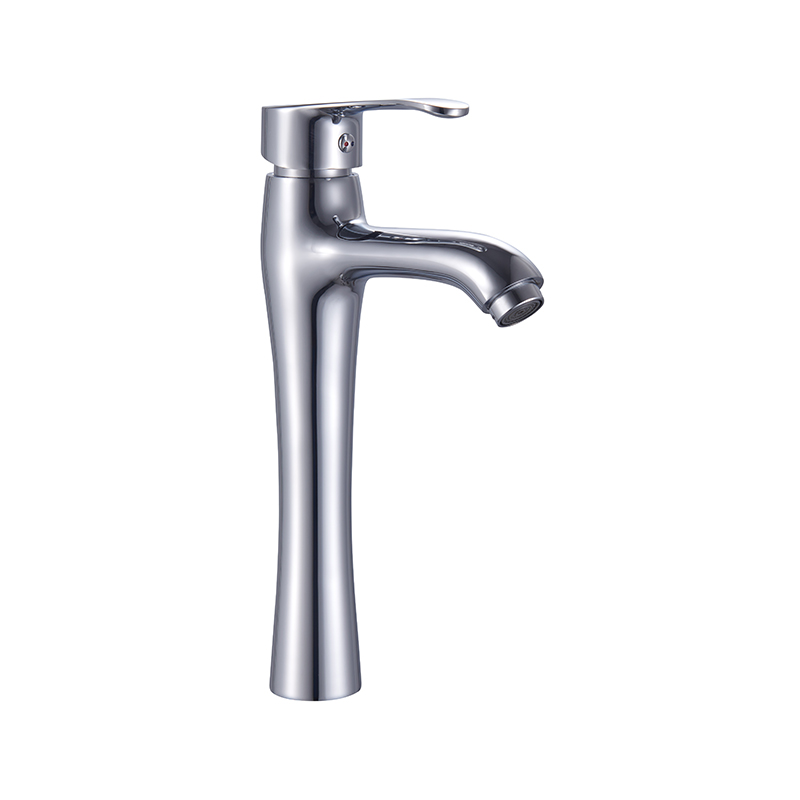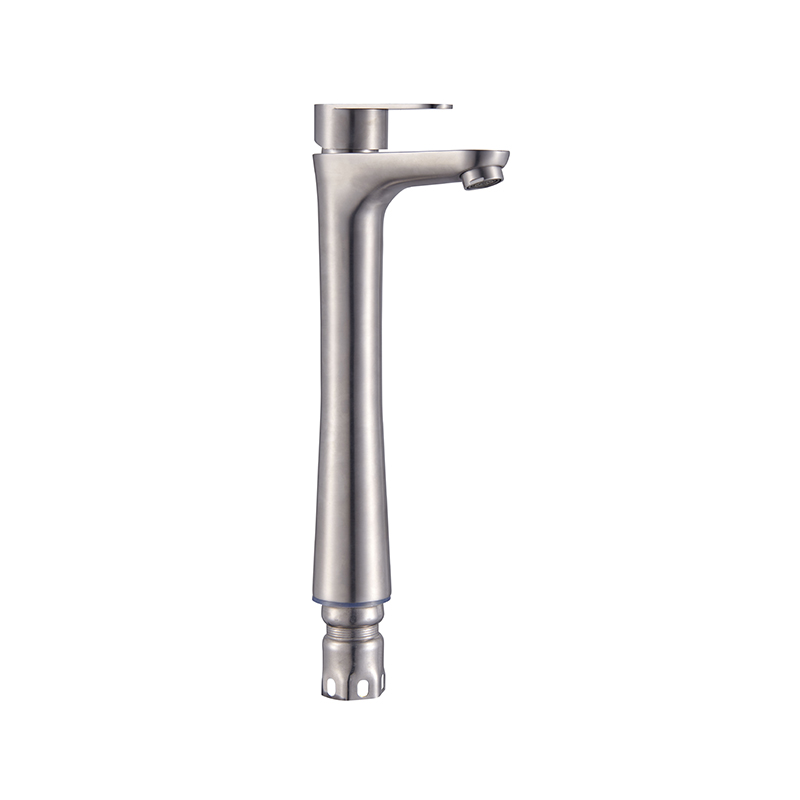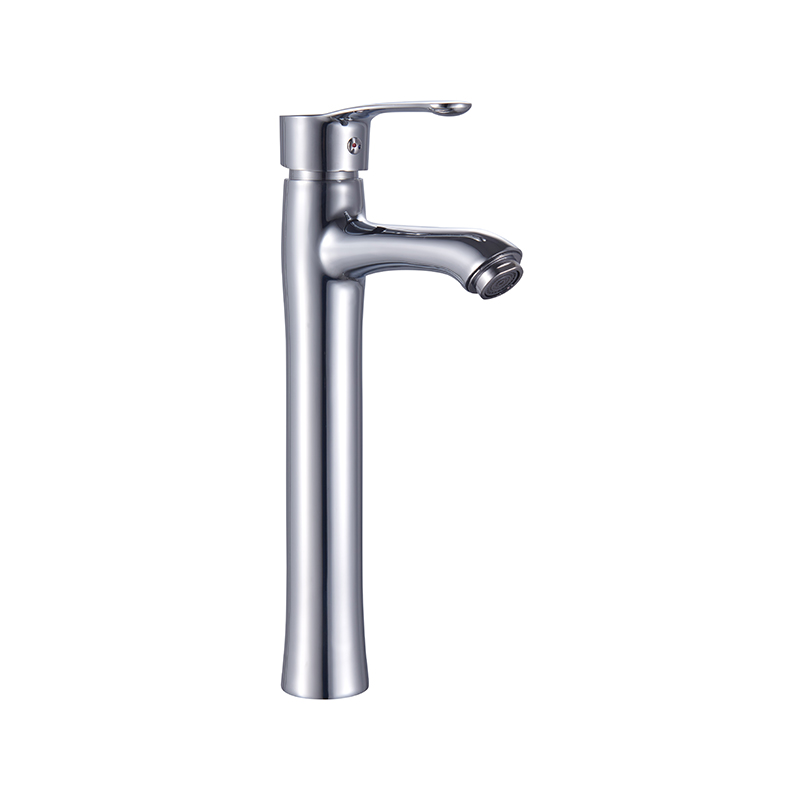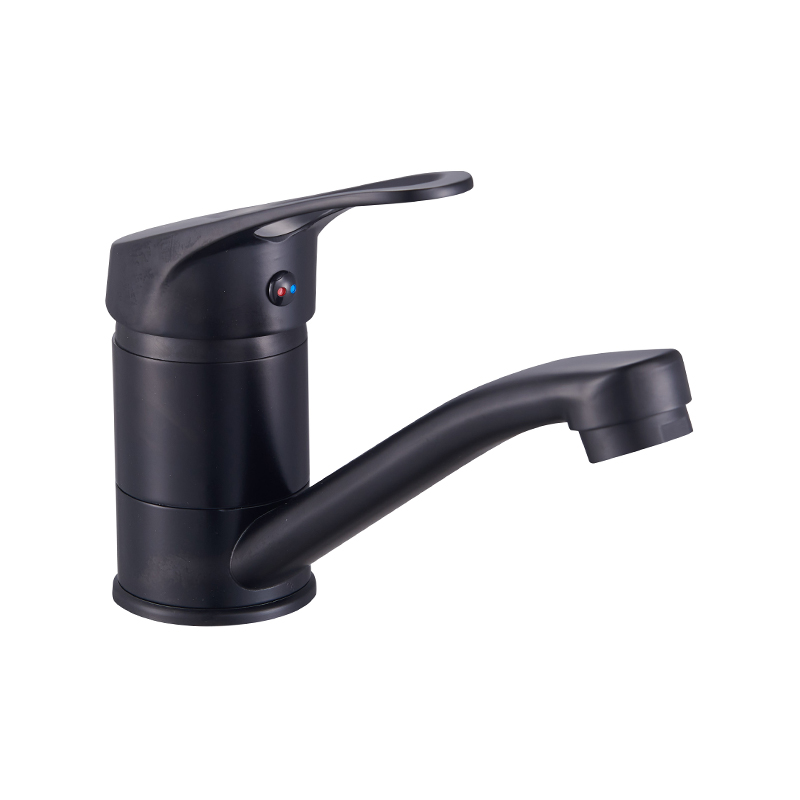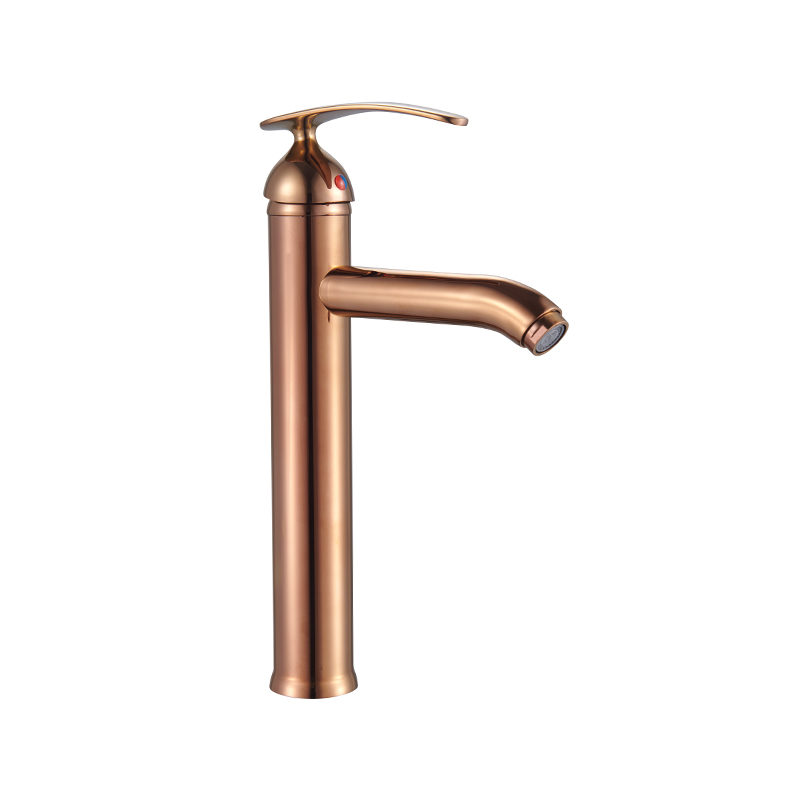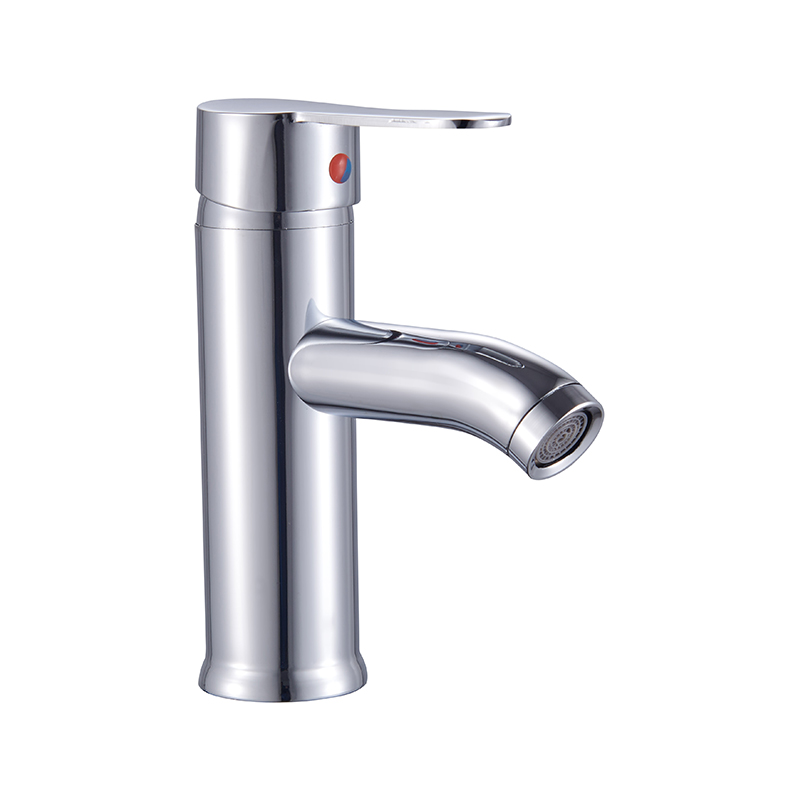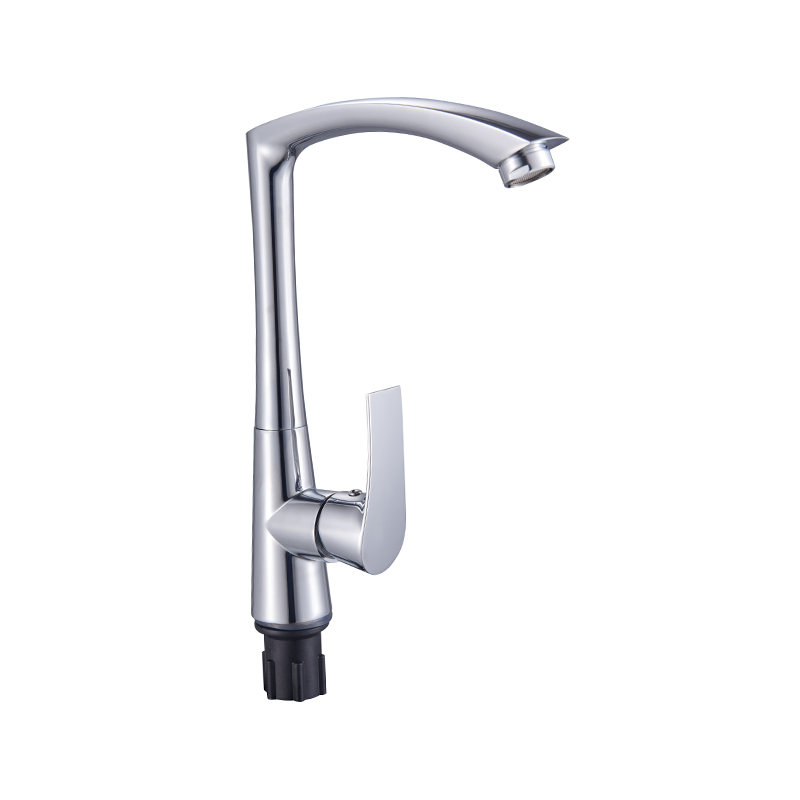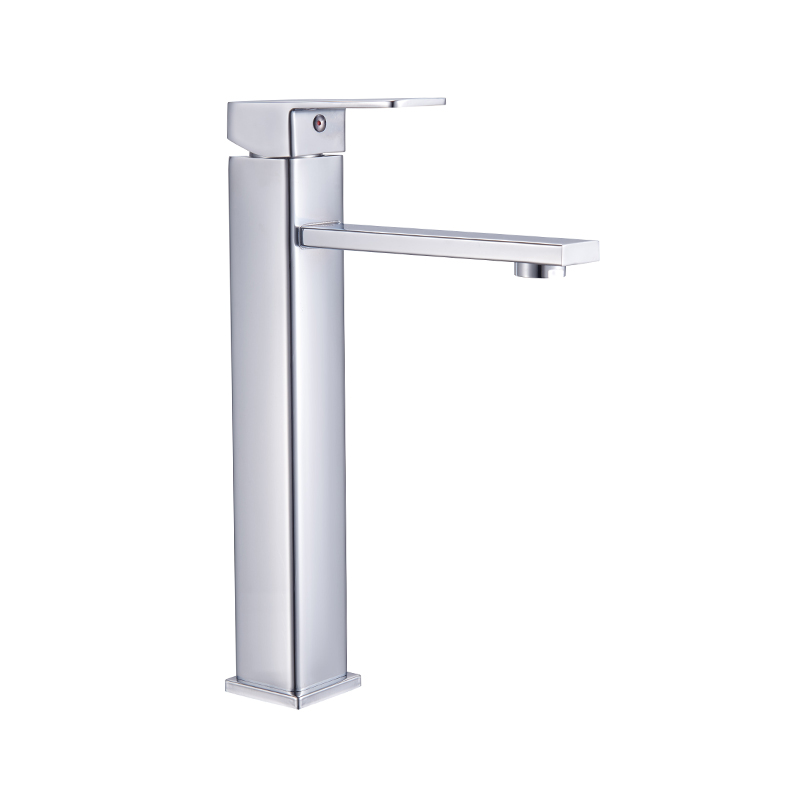As a seasoned manufacturer specializing in sanitary ware and plumbing fixtures, we’ve supplied thousands of basin mixer faucets and traditional taps to buyers across Europe, Southeast Asia, the Middle East, and beyond. While both types serve the basic function of delivering water, they differ greatly in design, function, and end-user experience.
What Is a Basin Mixer Faucet?
A basin mixer tap is a type of tap that combines both hot and cold water into a single spout. The user can control the temperature and water flow either through a single lever or two handles.
In contrast, traditional basin taps typically consist of two separate units—one for hot water and one for cold—each with its own spout and control.

Key Differences at a Glance
| Feature | Basin Mixer Faucet | Traditional Tap |
| Water Control | Single outlet, mixed temperature | Separate hot and cold |
| Appearance | Sleek, modern design | Classic, dual-unit setup |
| Ease of Use | One lever or two handles | Two taps to adjust |
| Installation | Usually one hole | Requires two holes |
| User Experience | More precise temperature control | May need to switch taps for adjustment |
| Maintenance | Fewer joints, easier cleaning | More components, more exposure to wear |
Functional Advantages of Basin Mixer Faucets
Now that you understand the basic design differences, let’s look at the functional advantages of basin mixer taps, especially from the buyer's perspective.
1. Temperature Precision
With a mixer, users can adjust the water temperature instantly, which reduces water waste and improves comfort. This feature is especially valued in hotels, modern homes, and healthcare settings.
2. Space-Saving Design
Since basin mixer faucets use a single spout, they take up less countertop space. This is a major advantage in small bathrooms or commercial washrooms.
3. Modern Aesthetic
Today’s renovation and new construction projects tend to favor clean lines and minimalist fixtures. The sleek silhouette of a mixer tap fits this trend ideally.
4. User-Friendly Operation
Mixer faucets with a single lever are easier for children, the elderly, and those with mobility issues. A smooth upward or sideways motion is often all that’s required to adjust flow and temperature.
When Are Traditional Taps Still Used?
While basin mixer faucets dominate modern designs, traditional basin taps still have their place.
They are often used in:
Period homes or heritage buildings where maintaining a vintage look is important
Low-budget renovation projects where cost takes precedence over modern convenience
Specific plumbing setups with separate hot and cold supply lines that are difficult to modify
As a manufacturer, we continue to offer both types to serve different regional styles and market needs.
Installation Considerations
For procurement professionals managing installation timelines and budgets, it's important to consider:
Mixer taps usually require a single-hole basin or counteradvanced
Traditional taps need two-hole configurations
Switching from traditional to mixer might involve plumbing modifications. In such cases, retrofitting a mixer can increase installation time and cost—so early planning is key.
Market Trend: Global Shift Toward Mixers
Over the past five years, we’ve seen a consistent rise in demand for basin mixer faucets, especially in:
Urban residential projects
Mid-to-high-end hotels
Retail plumbing distributors catering to renovation markets
The global trend favors simplicity, hygiene (less surface to touch), and water-saving features—all of which are supported by modern basin mixer designs.
If your focus is on contemporary design, ease of use, and water efficiency, basin mixer faucets are the stronger choice. On the other hand, if you're working on restoration or require separate hot/cold supplies, traditional taps still serve a practical role.
As a trusted manufacturer with full-process production capabilities, we’re ready to assist you in selecting the right solution for your projects—whether modern mixers or classic taps.
Let’s work together to bring functionality and style to every bathroom space you develop.
 Language
Language
 English
English русский
русский Español
Español عربى
عربى Phone
Phone
 Email
Email



